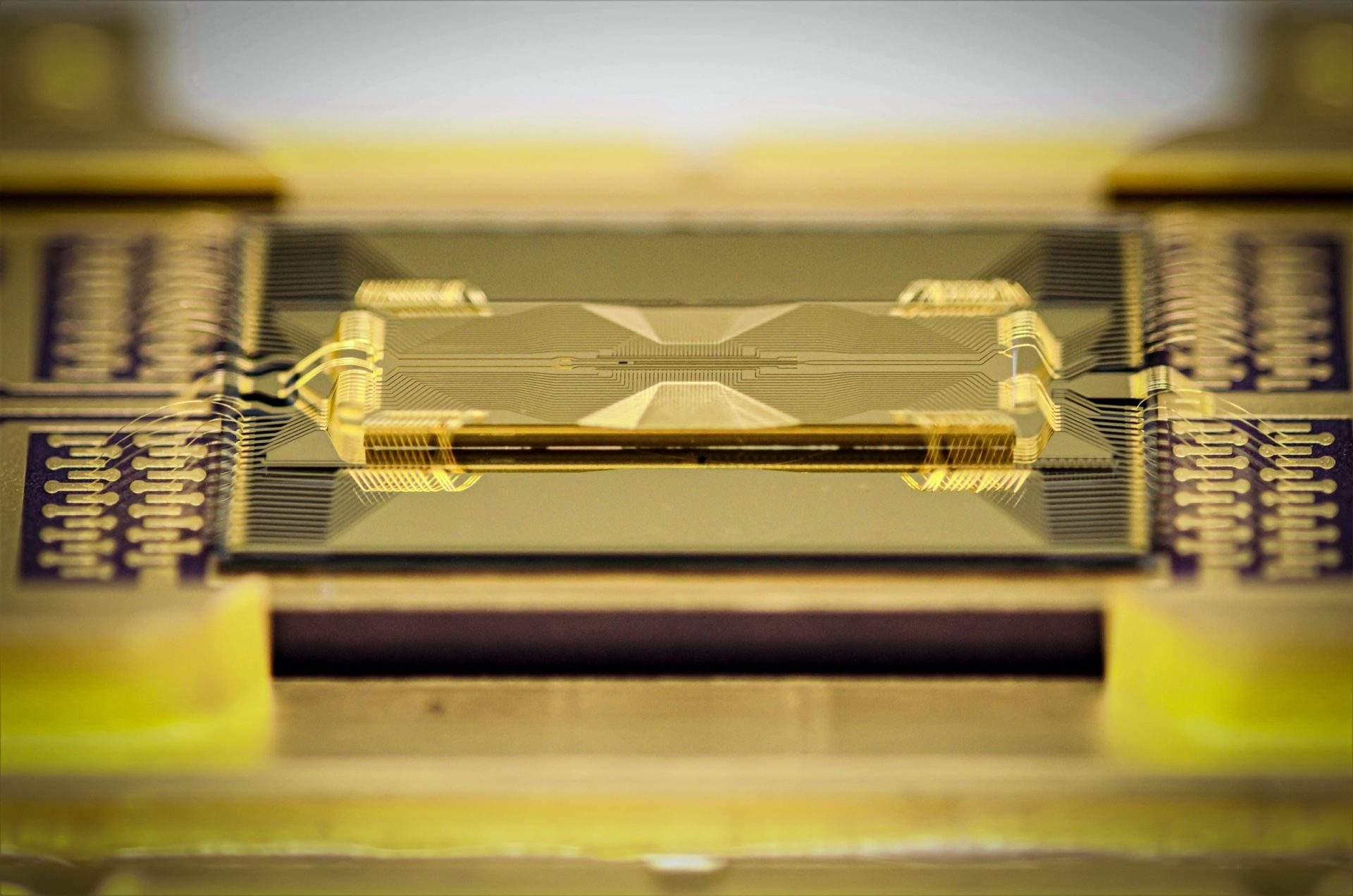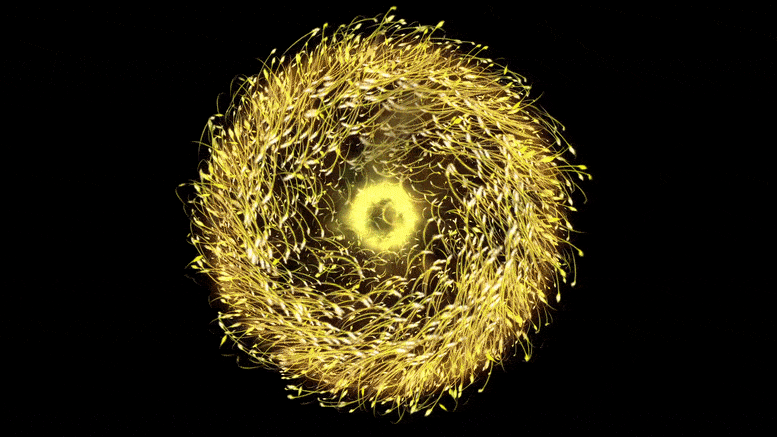Scientists at the University of Illinois Urbana-Champaign have achieved a significant advancement in quantum communication that brings teleportation technology closer to practical reality. Using an innovative indium-gallium-phosphide nanophotonic platform, researchers have dramatically enhanced how effectively quantum information can travel, even at the level of single light particles.
The key innovation lies in their application of nonlinear optics to quantum communication systems. While researchers have long recognized that nonlinear optical processes could make quantum networks more reliable and error-resistant, previous attempts failed because they couldn’t function at the extremely low light levels required for true quantum communication. This team’s breakthrough platform works with much less light—down to individual photons—creating the first viable path toward practical quantum communication using nonlinear optics.
The performance improvements are remarkable. Their nonlinear system transmits quantum information with 94% fidelity, far exceeding the theoretical limit of 33% possible with conventional linear optical components. The efficiency gains achieved through their nanophotonic platform demonstrate the promising potential of this technology for real-world applications.
At the heart of this advancement is quantum teleportation, which leverages the phenomenon of quantum entanglement—where two quantum objects influence each other regardless of physical distance. This allows information transfer between sender and receiver without passing through a conventional communication channel, significantly reducing vulnerability to external noise and channel imperfections.
Traditional quantum teleportation faces two major limitations: linear optical components create inherent transmission ambiguities, and imperfect entanglement sources often produce multiple photon pairs simultaneously, creating uncertainty about whether the photons used in teleportation are truly entangled. The research team addressed these challenges by using a nonlinear optical process called Sum Frequency Generation (SFG), which filters out the primary noise in entangled photon sources.
While previous SFG implementations achieved only one successful conversion in 100 million attempts, this new nanophotonic platform improves efficiency by a factor of 10,000, reaching one success in 10,000 attempts. Researchers believe further development could make quantum teleportation with nonlinear optical components even more efficient, potentially transforming quantum networking protocols and bringing us closer to a future where information travels in ways once confined to science fiction.
Reference: “Faithful Quantum Teleportation via a Nanophotonic Nonlinear Bell State Analyzer” by Joshua Akin, Yunlei Zhao, Paul G. Kwiat, Elizabeth A. Goldschmidt and Kejie Fang, 22 April 2025, Physical Review Letters. DOI: 10.1103/PhysRevLett.134.160802




